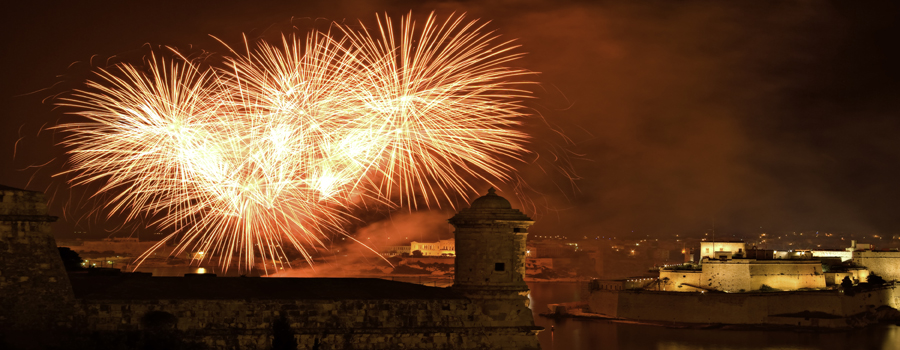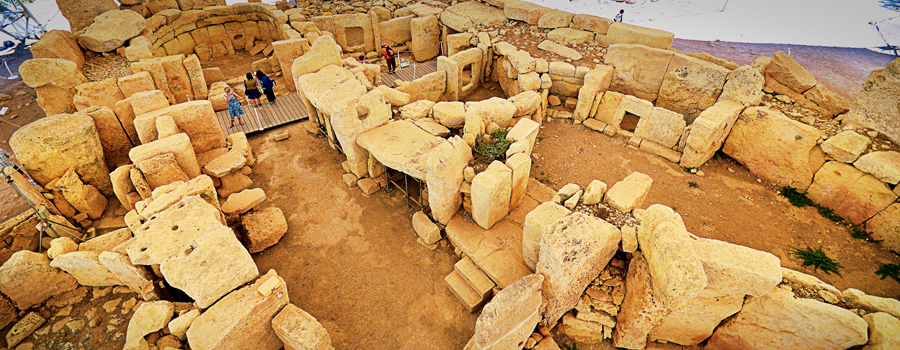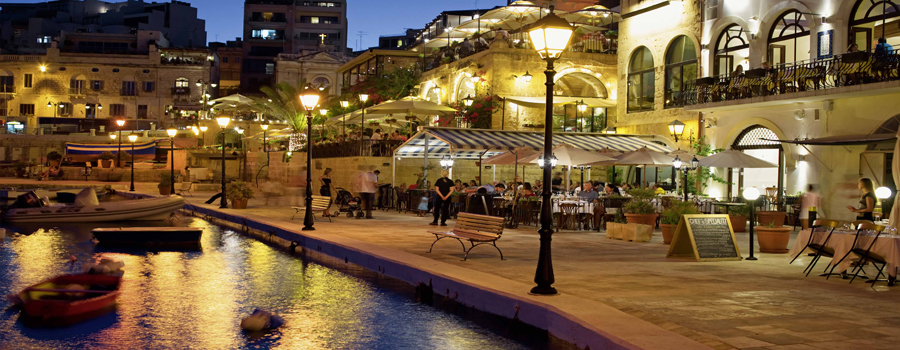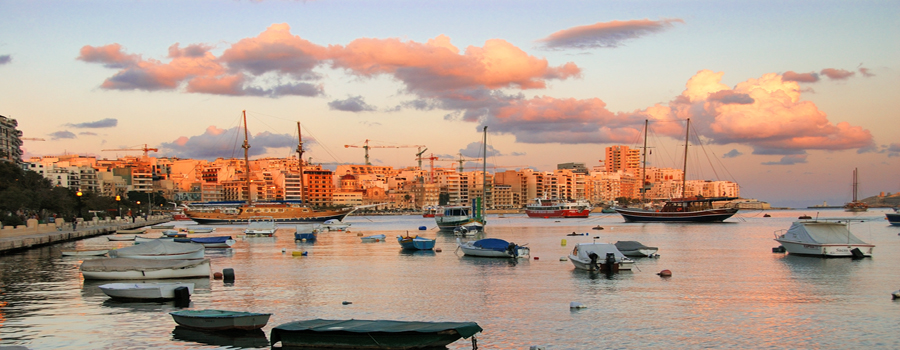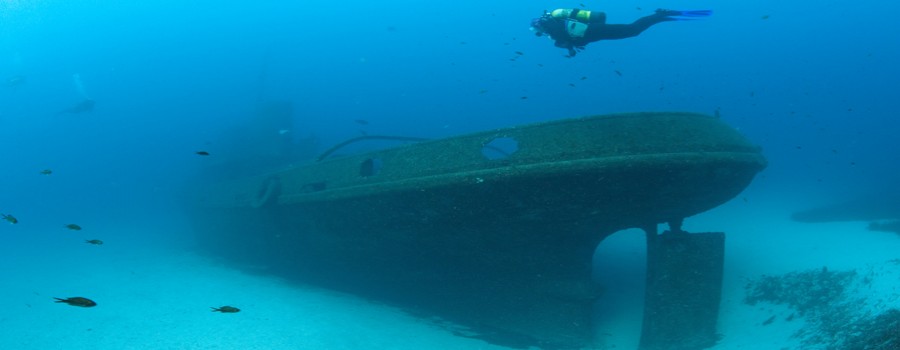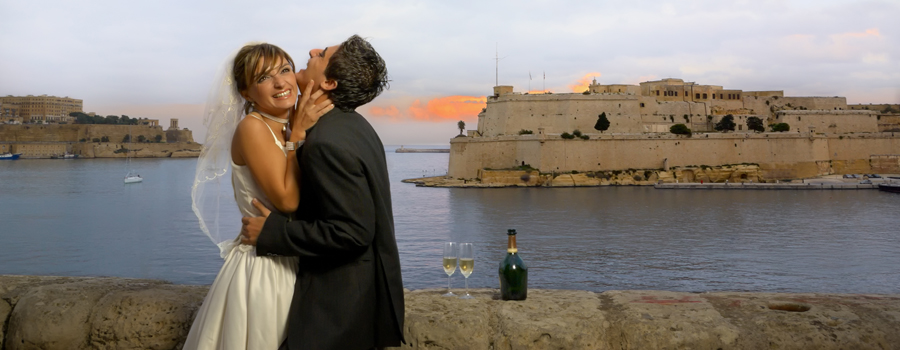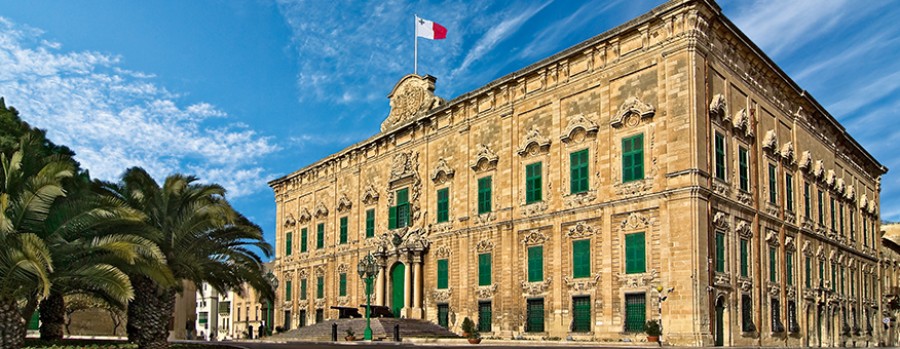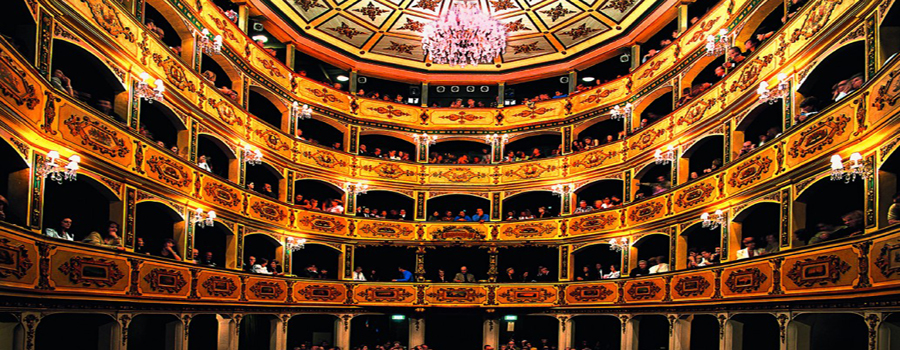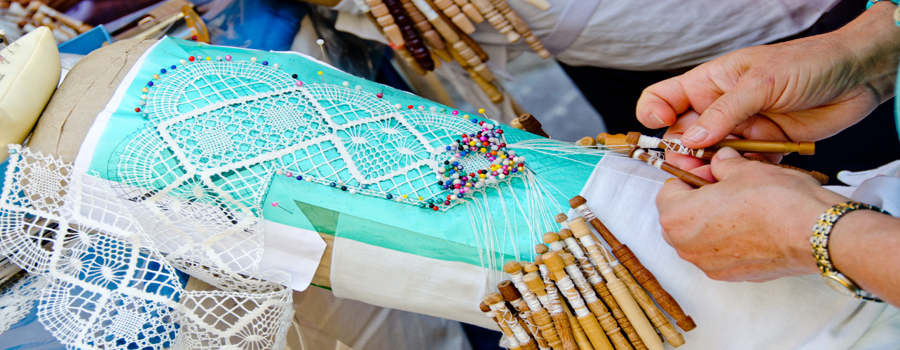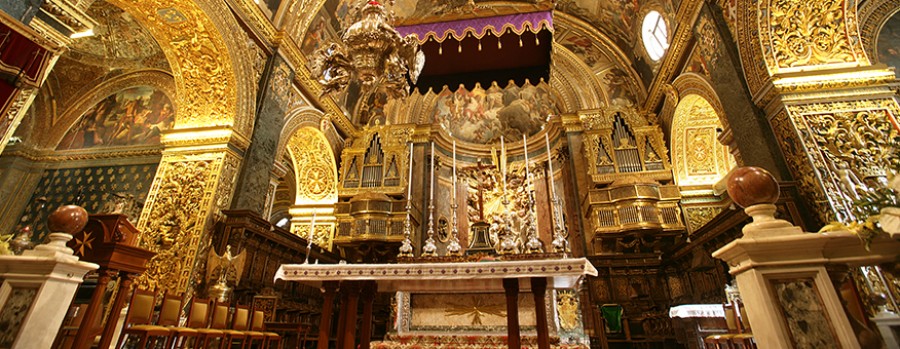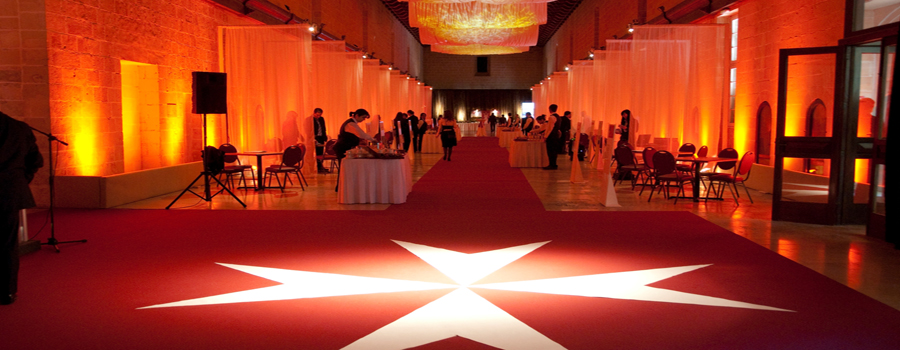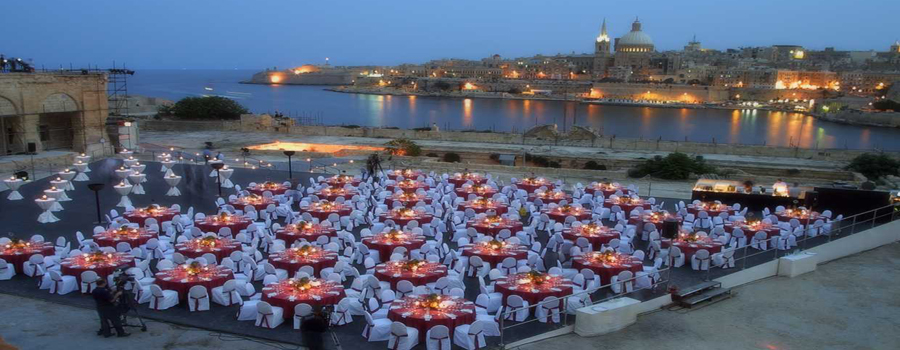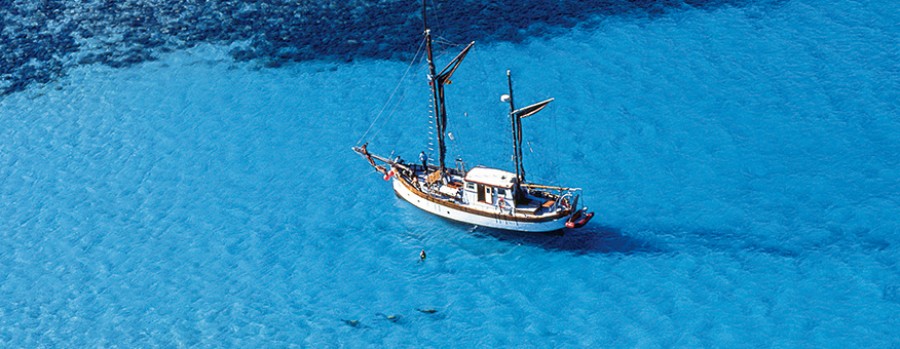 Palaces
Palaces
The Maltese islands have a number of palaces. The following are a selection of palaces which are open to the public that you may wish to visit.
Palazzo Parisio is a 19th century stately home with a history, architecture and interior unique in Malta. Originally built in 1733 by the Portuguese Grand Master Manoel de Vilhena who ruled the island during the time of the Knights of St. John, it was later bought and embellished by Marquis Giuseppe Scicluna in 1898. As a pillar of the establishment, banker and philanthropist, it was his vision and passion that inspired the magnificent interior of this wonderful family home.
Often described as a miniature Versailles, it is a glorious showcase of Maltese and Italian craftsmanship at the turn of the 19th century, with lavishly decorated ceilings, murals and frescoes, fine stucco work, magnificent antique furniture, rare paintings and extravagant gilding. The ornate gilded ballroom of mirrors is unique in Malta with its exuberant style, flamboyant decoration and unparalleled plasterwork. It is still used today for private functions, weddings and important corporate hospitality events. The magnificent walled gardens rank amongst the finest in Malta and the only privately owned gardens open to the public. Classically baroque in style, they are a charming mixture of Italian symmetry and Mediterranean colour and perfume, with seasonal appeal all year round. Caffé Luna is the restaurant within the Palace serving delicious light lunches, traditional afternoon teas and all day refreshments from 9am to 6pm. The gift shop is a real treasure trove of quality Maltese memorabilia and Italian gift items. Groups are welcomed by appointment outside opening hours.
The Inquisitor’s Palace
The Inquisitor’s Palace, sited in the heart of Vittoriosa, is one of the very few surviving palaces of its kind which in the early modern period could be found all over Europe and South America. Fortunately the Maltese Inquisitor’s Palace, throughout its five centuries of history, always hosted high-ranking officials representing the main powers on the island who therefore ensured its survival. The palace also managed to survive the bombings of the Second World War and the threat of modern development.
It is today an architectural gem, reflecting the chequered history and European heritage of the Maltese islands. The Inquisitor’s Palace passed into the hands of the Museums Department in 1926. In the following decade Vincenzo Bonello gave back to the palace much of its lost dignity. During the Second World War the Dominican friars were allowed to use the palace when their convent and church across the road were both destroyed by enemy bombing. Restoration by the Museums Department resumed in the 1960s, after the Dominicans had vacated the building, and the palace was finally opened to the general public in 1966, while the upper floors were transformed into a Folklore Museum in 1981. In 1992 the Inquisitor’s Palace became the headquarters of the Ethnography Section within the Museums Department. It is now being rehabilitated to host an exhibition on the religious perceptions and values in Maltese ethnic identity and culture up to the present day.
The Palace & Armoury, Valletta
The site of the palace was first occupied by one of the first houses built in Valletta in 1569. The house was that of Eustachio del Monte, the nephew of the Grand Master Jean Parisot de Valette. The Order of St. John bought the house in 1571 and commissioned Gerolamo Cassar to design and build the palace. Over the years, the Palace was enlarged and developed by successive Grandmasters to serve as their official residence.
![]() The exterior is quite imposing. The original iron balconies were replaced by wooden balconies around 1741. The interior is built around two courtyards. The palace incorporates Eustachio’s house in the south-west corner. There are two entrances in the front and an entrance from Queens’ Square just west of the Bibliotecha. One of the courtyards is predominated by a statue of Neptune. The entrance to the state rooms is in the Neptune Courtyard via a spiral staircase. The ceiling of the entrance corridor was painted by Nicolo Nasini da Siena in 1724.
The exterior is quite imposing. The original iron balconies were replaced by wooden balconies around 1741. The interior is built around two courtyards. The palace incorporates Eustachio’s house in the south-west corner. There are two entrances in the front and an entrance from Queens’ Square just west of the Bibliotecha. One of the courtyards is predominated by a statue of Neptune. The entrance to the state rooms is in the Neptune Courtyard via a spiral staircase. The ceiling of the entrance corridor was painted by Nicolo Nasini da Siena in 1724.
The Hall of St. Michael and St. George was the throne room. The ceiling, as in all the upper rooms, is of timber supported by beams whose great span is supported by carved corbels. The ceiling was painted by Matteo Perez d’Alessio before 1600. Scenes of the Great Siege decorates the walls. Opposite the throne, a beautiful gallery made from the stern of the Grand Carrack of Rhodes, hangs on the wall. The Grand Carrack of Rhodes was the flagship which de L’Isle-Adam used when the Knights left Rhodes.
The Hall of Ambassadors, also known as the Red Room, is reached from the throne room. Portraits adorn the Hall of the Ambassadors.
The Council Chambers, now used as the Maltese Parliament, is adorned by Gobelin tapestries which were presented to the order by Grand Master Perellos. The panels represent the riches of the Caribbean and tropical South America.
The Armoury runs the width of the back of the palace. Entrance to the Armoury is located in the second courtyard. The Armoury houses one of the very finest collections of weapons of the period of the Knights of Malta in all of Europe. Spears, swords, shields, heavy armour and other weapons can be found on display in the Armoury. Dragut’s sword is also displayed here.
Palazzo Falson & Museum
Palazzo Falson is a typical two-storey medieval palace and is one of the most imposing Palazzi built by the Sicilian, Spanish and local nobility in Mdina.
Formerly known as “The Norman House”, Palazzo Falson is the former home of Capt. Olof Frederick Gollcher OBE (1889-1962), the son of a prosperous shipping merchant of Swedish descent. Gollcher was an artist, scholar and philanthropist, but also a discerning collector of objets d’art and historical objects. Palazzo Falson was not only his home, but also a setting for his works of art and antiques.
After a major restoration intervention undertaken by Fondazzjoni Patrimonju Malti, Palazzo Falson Historic House Museum in Mdina re-opened to the public in May 2007.
Today the medieval building, which is one of the oldest in Mdina, houses an extraordinarily rich collection of antiques, including paintings, silver, furniture, armour and much more.
Contact us at V. Tabone Travel should you require any further information or to obtain a quote.




